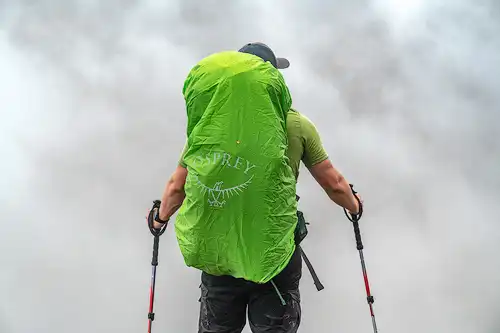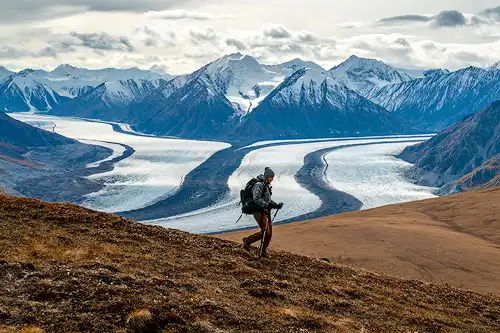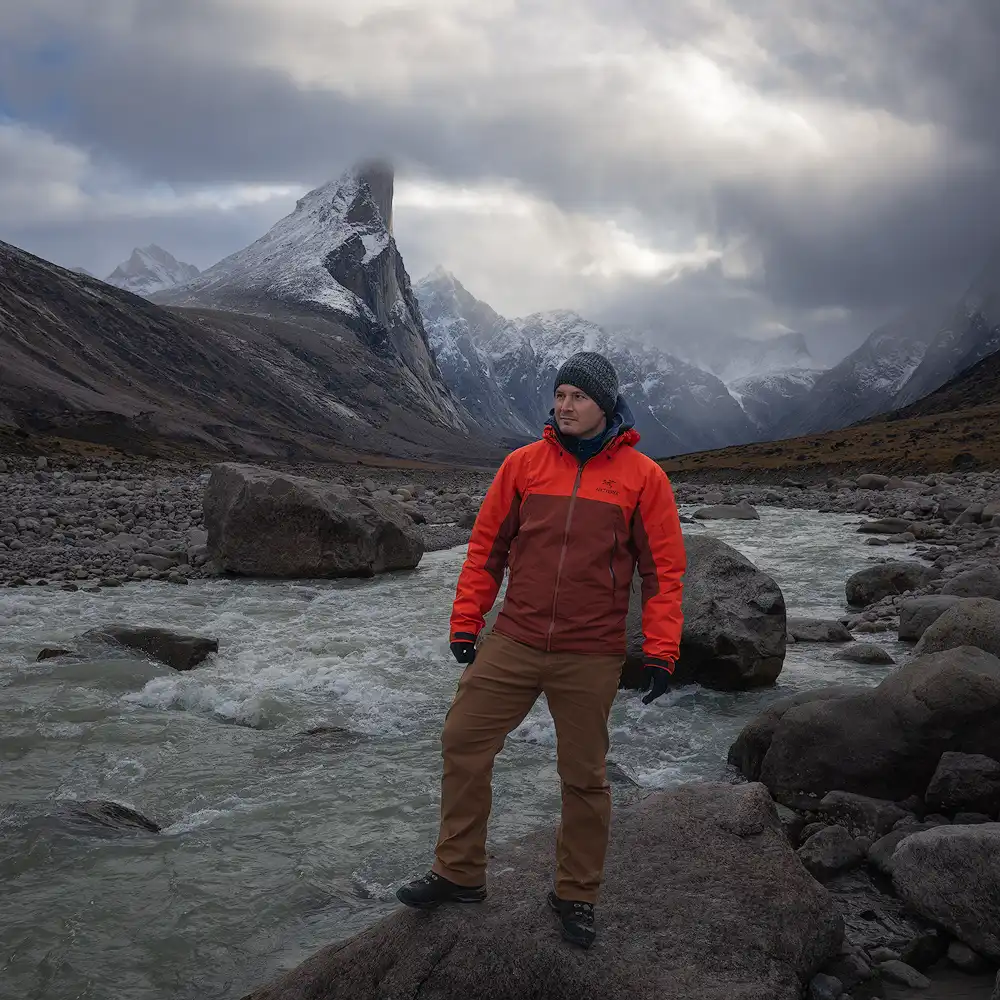About Me
Hi there!
My name is Andrew Morse, and I’m a landscape photographer from Southern Ontario, Canada. Over the last decade, I’ve spent a lot of time exploring parts of Canada, both near and far, in search of inspiring landscapes. And to be honest, that search has brought me to places that I’d likely never have seen otherwise – places that almost feel like they can’t be real. Other times, it’s pushed me to see my home area in a new light, and present it in new ways. Truthfully, this photography adventure has been a life-altering experience for me: it’s been an incredible privilege to photograph these places to share them with others. I hope that in visiting this site, you’re inspired to have your own adventure, whether that’s going somewhere new, or seeing your home in a new way.
Services
I specialize in producing high-quality images of Canadian landscapes, and I sell those images through a number of mediums. I produce an annual calendar, sell prints on metal, acrylic, or paper, and occasionally produce books of my photography. If you’re interested in my calendar or books, click here to see my most recent offerings. If you’re interested in prints, click here to see what I offer, or view any image page on this site as each will have information on prints as well.
Beyond selling my images, I do some limited photography and photo-processing education, as well as presentations to groups and photography clubs. If you’re interested in learning about my approach to photography, or scheduling a talk, feel free to reach out to me using the form below!
Fine Art Prints
I take pride in every print I produce, and I only produce prints I would hang in my own home.
Products
You can find updates on my most current product and service offerings here.
Where It All Began
I still remember the first time I stood in front of a landscape that inspired me. I was stood atop Grey Mountain in the Yukon, looking down on the capital city, Whitehorse. The town looked so small, surrounded by trees and rolling mountains in all directions. Growing up in a fairly urban part of Canada, seeing the absence of people really struck me – I’d never felt so small in my life. I never knew looking at a landscape could make me feel something so deeply and vividly. I didn’t know it at the time, but that moment had a huge impact on my life. It would kick off both my love of the outdoors, and my desire to capture and share landscapes which evoked emotion.
That was a long time ago. Today, I’m a landscape photographer based out of Guelph Ontario. I still live in a mostly urban area, but I find myself drawn to those unique places with a deep rooted desire to capture and share them. Over the last several years, I’ve invested considerable time into exploring and photographing dramatic scenes from across Canada. I’ve had the privilege to photograph vistas that most never get to see in person; often times requiring plenty of walking, nights in a tent, self-reliance, and a healthy serving of luck.
No matter how many times I venture off into the remote, lesser explored areas, I find the landscape still calls me back. It is in those places that I feel most alive. It’s my sincere hope that my images help you to experience those moments with me, and inspire you to have your own adventure. At the end of the day, that’s why I was interested in photography in the first place – experiencing something special, and preserving it for myself and others to experience forever.
This website is the culmination of my photographic experiences in the landscape. I’ve tried to curate some of my favourite images from my adventures and make them accessible for all to see. I hope you enjoy!


Experiencing the Landscape
Everyone experiences a place in their own way, and there’s no right way for everyone. I’ve always felt that the more immersed I get into a landscape, the more creative I can be in my approach to photographing it. The more time I spend in an area, the better I get to know it, the more of an impression it makes on me, and the more the landscape dictates my frame of mind when I’m photographing it. I’ve always felt that one of the best ways to get that immersion is to camp in it and hike through it.
Camping and hiking has been a big component of my process for quite some time, and when I look back at the images that I cherish the most, they’re often linked to outings which involved nights in a tent. Certainly camping in these special places changes my experience from exclusively a creative one to both a creative experience and an adventure. There’s always an element of wonder on what the landscape will do next, and how that will influence my passage and my photography.
Truthfully, I sometimes wonder whether the camping or the photography is my top priority in these outings! Certainly, the stories and experiences from these landscapes are often as important to me as the photos.

